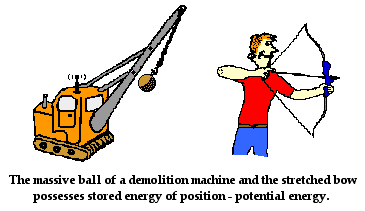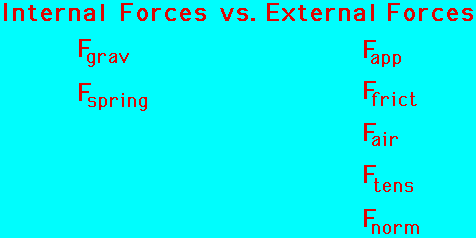Student Handout-AP Physics 1-Energy
AP Physics 1: Energy Unit - Student Handout
Key Topics Covered
1. Work and Energy
- Definition of work (
) - Work done by a constant force
- Work-Kinetic Energy Theorem

2. Kinetic Energy (
- Definition:
- Relationship between work and kinetic energy

3. Potential Energy (
- Gravitational Potential Energy:
- Elastic Potential Energy:

4. Conservation of Energy
- Law of Conservation of Mechanical Energy:
- Energy transformations in different systems

5. Power
- Definition:
- Power in terms of force and velocity:
6. Work Done by Non-Conservative Forces
- Effects of friction and air resistance
- Energy dissipation and thermal energy
Essential Equations
Key Concepts & Applications
- Energy Conservation: Understanding how energy is transferred and conserved in closed and open systems.
- Work-Energy Theorem: Relating work done on an object to its change in kinetic energy.
- Power: How quickly work is done or energy is transferred.
- Real-World Applications: Roller coasters, pendulums, springs, and energy efficiency in machines.
Example Problems
1. Kinetic Energy Calculation
A 2 kg object moves at 5 m/s. What is its kinetic energy?
Solution:
2. Potential Energy Calculation
A 3 kg object is lifted to a height of 4 m. What is its gravitational potential energy?
Solution:
3. Energy Conservation
A 1 kg ball is dropped from a height of 10 m. Find its velocity just before it hits the ground.
Solution:
Using energy conservation:
Summary
- Energy exists in different forms (kinetic, potential, thermal, etc.).
- The total mechanical energy in a system is conserved unless external forces do work.
- Work is the transfer of energy, and power is the rate at which work is done.
- Understanding energy principles helps explain motion, forces, and real-world applications.